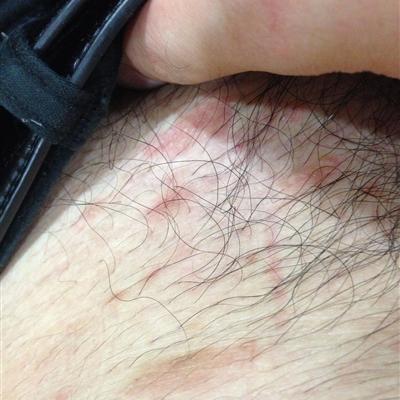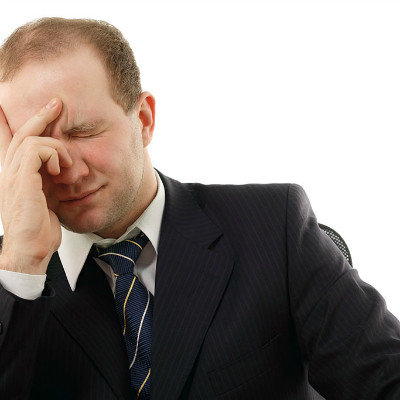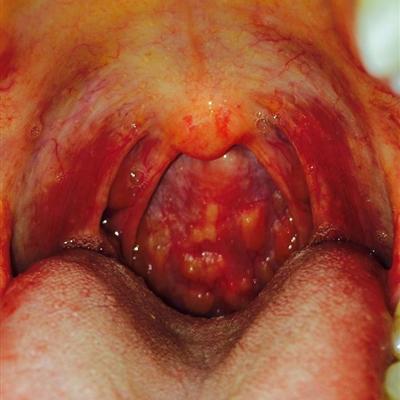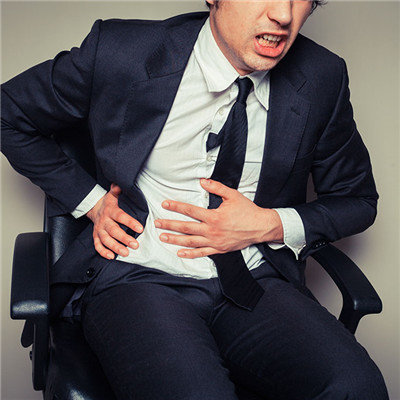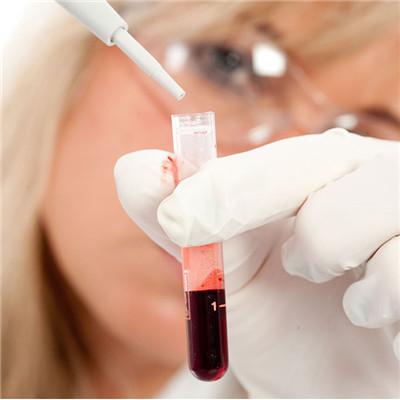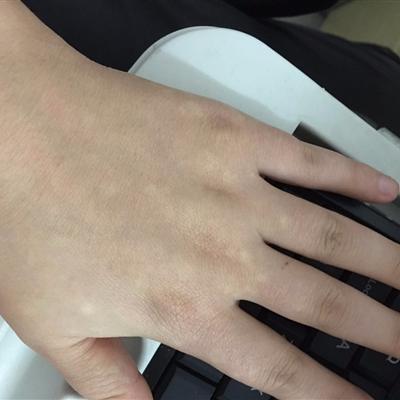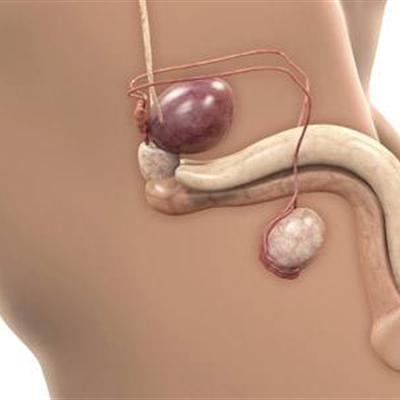Knee ligament meniscus injury symptoms?
summary
Knee ligament meniscus injury is a kind of disease mainly manifested by limited pain of knee joint, some patients have soft leg or knee joint locking phenomenon, quadriceps atrophy, limited tenderness of knee joint space fixation. Meniscus injury is mostly caused by external torsion force. When one leg is loaded and the leg is fixed in the semi flexion and abduction position, the body and thigh suddenly rotate inward, and the medial meniscus is subjected to rotation pressure between the femoral condyle and tibia, resulting in meniscus tear. Knee ligament meniscus injury symptoms? Let's talk about it.
Knee ligament meniscus injury symptoms?
Most of them had a history of trauma. In acute stage, the knee joint has obvious pain, swelling and effusion, and joint flexion and extension dysfunction. After the acute stage, swelling and effusion can subside by themselves, but there is still pain in the joints during activities, especially when moving up and down stairs, uphill and downhill, squatting, standing up, running and jumping. In severe cases, lameness or flexion and extension dysfunction can be found. Some patients have interlocking phenomenon, or bounce when flexing and extending the knee joint.
The location of tenderness is usually the location of the lesion, which is of great significance in the diagnosis and determination of the location of meniscus injury. During the examination, the knee was placed in the semi flexion position. In the medial and lateral space of the knee joint, along the upper edge of the tibial condyle (that is, the edge of the meniscus), the thumb was pressed point by point from head to back. There was fixed tenderness at the meniscus injury. Such as in the press at the same time, the knee passive flexion and extension or inside and outside rotation of the leg, the pain is more significant, sometimes can also touch the abnormal activity of the meniscus.
The patient was in the prone position with the knee flexion. The examiner held the ankle with both hands and pressed the lower leg down. At the same time, he performed internal and external rotation. The injured meniscus is painful due to crushing and grinding. On the contrary, if the leg is lifted up, and then internal and external rotation, there is no pain.
matters needing attention
Arthroscopy can be used for the treatment of meniscus injury, meniscus edge tear can be repaired by suture, usually partial meniscus resection, to retain the uninjured part. For the patients suspected of meniscus injury in the early stage, emergency arthroscopy can be used to deal with meniscus injury in the early stage, shorten the course of treatment, improve the treatment effect and reduce the occurrence of traumatic arthritis. Through arthroscopic operation, the wound is small and the recovery is fast.
